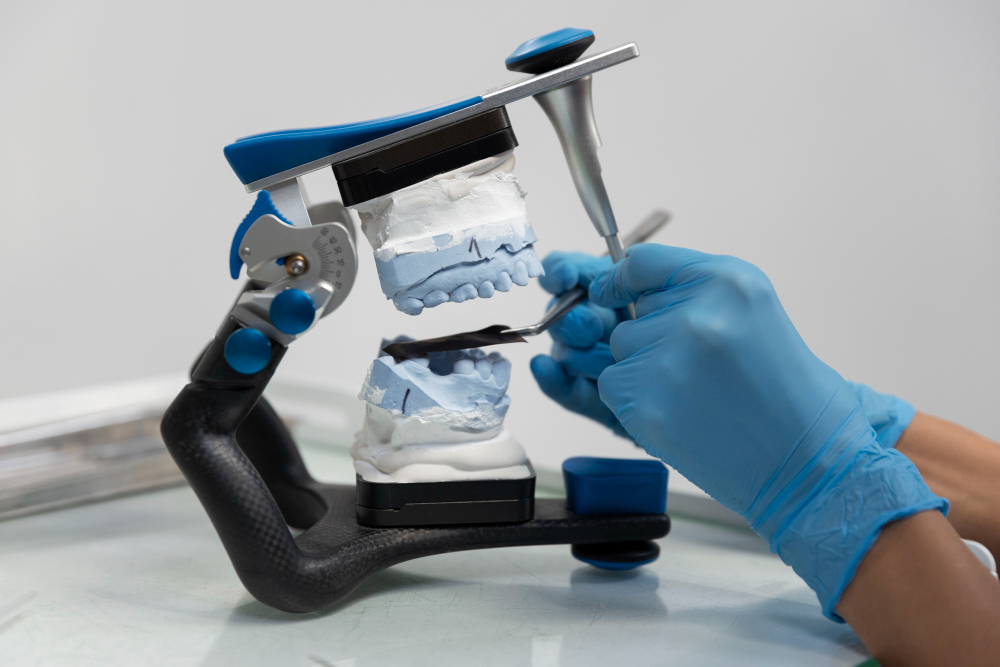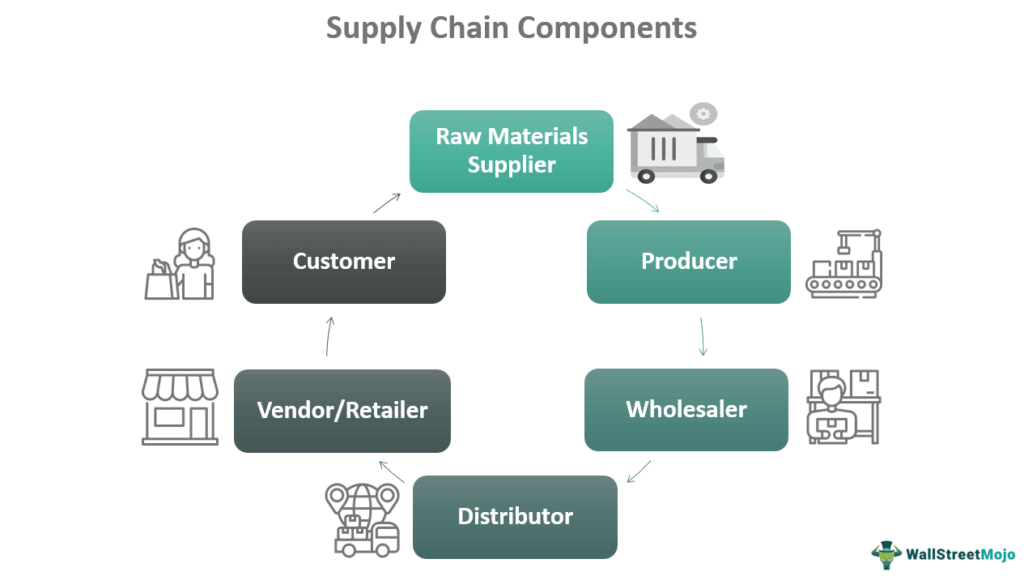
A melody called “Dem Bones” was written in the 1920s by the highly respected African American songwriter, James Weldon Johnson. It was a catchy yet incredibly simple song.
Let’s sing along to the lyrics if you know them…
The leg bone’s connected to the knee bone,
The knee bone’s connected to the thigh bone,
The thigh bone’s connected to the hip bone,
Now shake dem skeleton bones!
Dem bones, dem bones, dem dry bones,
Dem bones, dem bones, dem dry bones,
Dem bones, dem bones, dem dry bones,
Now shake dem skeleton bones!
The 1920s, when this song was written, marked the dawn of the industrial revolution. Known as the Roaring 20s, the rapid pace of change transformed society with the introduction of mass production, assembly lines, and the automobile! This was a period where scaling businesses took flight, and change was impacting everyone in exciting ways.
Fast forward 100 years, and we’re now experiencing a new wave of innovation. Artificial intelligence (AI), electric cars, and space travel are already upon us. Elements within AI, such as Machine Learning (ML), effectively learn from all the data they receive. In simple terms, machines are decoding and deconstructing our actions and tasks, resulting in solutions being developed in real-time by the computers and software we use every day.
For AI to operate so quickly, it relies on history, data, and articles that are all accessible on the web. If these resources weren’t available, the power of AI would diminish exponentially.
A principle often overlooked is well-presented by The History of Innovation Cycles graphic. There are waves of innovation that dovetail from one to the next. A clear pattern exists, helping businesses and humanity transform and grow to new levels. There’s a clear nexus from one cycle to the next, and this theme applies to our everyday practices too.
These patterns are similarly evident in all businesses and known as the Value Chain. A value chain refers to the full lifecycle of a product or service. Practice owners who appreciate the value chain can recognize their practice’s strengths and weaknesses. From this, they can quickly identify opportunities for improvement and know what needs to be prioritized.
After running multiple businesses for over 20 years, I’ve come to realize that having a deeper understanding of each stakeholder’s role and responsibilities in this chain is critical. I’ve learned that there are multiple value chains, and each one needs careful consideration.
As I’ve analysed these value chains more carefully and seen that the “leg bone’s connected to the knee bone,” I too have transformed how I operate as a business owner.
I’ve shifted my mindset from thinking like the customer who’s always right and entitled to receive the expected service. Recognizing that to excel in business and deliver the best results, I’m dependent on many elements largely out of my control. I’ve shifted towards seeing myself more as a partner. This has made a meaningful difference. I’ve matured greatly as a business operator and wish I had learned these skills earlier.
Supply Chain Partners.
A supply chain partner is defined as a company that provides you with the product or service you need to run your business. For dental practices, I know that dental suppliers are critical to operating a practice. One relies on suppliers to have dental materials available when needed, as well as the small and large equipment to support the practices. These suppliers have complex businesses of their own to run while servicing many practices nationally. They must consider how they order their inventory from international parties, store these materials, and solve how to freight these goods to our practices. They need to factor in cold storage solutions for anaesthetics and biomaterials.
Being more aware of these challenges and asking how a dental practice can better partner with their suppliers, I’ve realized that having a solid system to order dental materials less frequently and in greater volume is a win-win:
- Team spends less time ordering, tracking, and managing the materials we need. They can focus on patients and customers.
- Placing larger orders means one can attract freight-free orders, better discounts, and rebates. This helps dental practices to be more profitable.
- The dental suppliers achieve maximum operational efficiency when they can “pick & pack” larger orders. Their warehouse team is far more productive packing larger orders fewer times a month than smaller orders many times over.
- Dental suppliers attract higher gross profit from smaller practices compared to larger practices and corporates. They need smaller practices as much as they need larger ones.
I acknowledge that each supplier competes against others to win a “greater share of our wallet.” Competition is healthy and valuable in every industry. It leads to innovation and creativity. Suppliers thrive off this competition, which leads to better service levels, great promotions, and a continuous flow of new materials each year. This is no different from the effort and investment each practice owner makes to attract and retain patients. We all face growing competition from corporates and the slowing of the dental economy due to inflationary and cost of living pressures. Both practice owners and suppliers are rewarded with secure jobs and profits to distribute.
The Extended Supply Chain.
Beyond the traditional supply chain, part of the extended supply chain includes Practice Management Software and technology partners, clinical education, and practice management consultants. There are also finance providers, including lenders for both practices and patients, and payment processing solutions such as EFTPOS, Tyro, and HICAPS.
The interdependent relationship we all share emphasizes the partnership and responsibility we have to each other.
People Value Chain Dentistry is a people business.
We’re in the “person to person” game, from our patients to our team. In dental, it’s easy to recognize that patients are the customers. What’s harder to distinguish is if a dental practice is in fact a business of dentistry.
Practice owners are often uncomfortable with this paradox of practice versus business. Dentists go to dental school to learn clinical skills and are comfortable in this technical space. They dream of being their own “commander” and owning their own practice. Many choose to follow this dream and become practice owners. And many find out very quickly that the technical clinical skills practiced haven’t prepared them for the complexity of running a dental practice – or dare I say, a dental business.
This responsibility of running a business, dental or otherwise, requires many skills and disciplines. These include marketing, finance, operations, HR, and leadership skills.
The path to running a successful practice begins with appreciating the people in this chain who are essential to running the practice. Practice owners who focus deeply on this and nurture and develop their teams excel. Those who see their team as partners in their success, not just “resources” being paid to work, thrive. Conversely, practice owners who don’t appreciate the power of the team will struggle.
The win-win partnership here is significant. Staff churn and the associated costs are far greater than most appreciate. The cost of hiring and firing of team members can reach 30% to 300% of their base salaries. This lost productivity and distraction can mount quickly. Consider this sobering fact: If you have a team of 5 members in your practice (excluding clinical staff) and typically have to re-hire 1 new team member a year, that equates to 20%. If 2 need to be re-hired, that’s 40%! Now consider the lost productivity and profit due to this activity. You’re potentially giving up 20%+ of your time or your team’s time to focus on the main game: your patients. Or put another way, you have only 80% of the year available to achieve your annual target.
Low staff turnover is achieved with good leadership skills, building trust, and providing professional development for your team. The team becomes more engaged, fulfilled, and secure in their roles. Patients can quickly detect harmonious and happy teams. This boosts their experience when visiting the practice and greatly enhances their trust in you. There’s a clear nexus between trust and case acceptance: High trust, high case acceptance. Low trust, low case acceptance.
The People Value Chain unlocks immense value and begins when we recognize the partnership between ourselves as practice or business owners and our most valuable asset, our people.
There’s also a partnership and co-existence between the dental practice and dental business. Practice owners need to trust themselves more and traverse the delicate balance between their clinical responsibilities and their business performance. By focusing on the power of our team and our obligation to help them be successful in their roles, one can shift comfortably between the dental business mindset to perform optimally and the dental practice perspective.
It’s time to sing along again!
Shifting our mindset towards seeing all stakeholders in our industry as partners is a game-changer. Deepening the relationship with suppliers and our own teams can lead to significant rewards across practice performance, both financially and professionally. Moreover, it can lead you to a truly magical place with less anxiety and stress. A place where you have more energy and motivation. And a place where you may even break out of your comfort zone and have a dance:
Dem bones, dem bones, dem Dental bones,
Dem bones, dem bones, dem Dental bones,
Now shake dem Dental bones!
Reference:
https://www.linkedin.com/pulse/from-roaring-20s-electrifying-2020s-cyclic-nature-alexandru-vasiliu/
https://docs.wbcsd.org/2011/12/CollaborationInnovationTransformation.pdf



